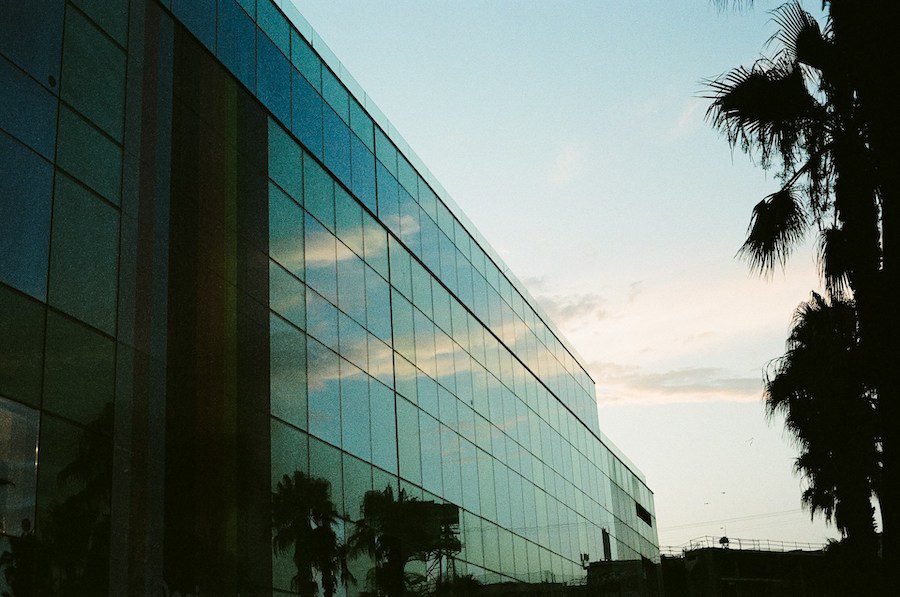Creating Comprehensive Security Coverage for Your Commercial Facility
Commercial facilities can’t rely on door locks and occasional security patrols anymore. Modern threats require intelligent detection systems that monitor your property 24/7, identifying unauthorized access before it becomes a costly breach. Intrusion detection systems function as your facility’s nervous system—networks of sensors, cameras, and control panels working together to catch threats while filtering out false alarms. Beyond sounding alerts, they provide actionable intelligence that helps facility managers protect assets, maintain compliance, and respond effectively to real security events.
Core Components of Intrusion Detection Systems
Every effective intrusion system starts with a reliable control panel that processes information from multiple detection devices. AT&I partners with DMP, Verkada, and Avigilon to provide systems known for their feature-rich capabilities and decades of proven reliability. The panels analyze sensor data and centrally coordinate responses across your entire facility.
Motion sensors form the backbone of interior detection, using passive infrared, microwave, or dual-technology approaches to identify movement patterns. Advanced sensors include pet immunity features that distinguish between human intruders and animals, reducing false dispatches while maintaining security coverage.
Doors and windows are monitored by contact sensors for unauthorized opening. Glass breakage sensors detect the specific sound frequencies of shattering glass. These perimeter devices create your first line of defense at vulnerable entry points.
Video integration transforms basic intrusion detection into intelligent verification. Cameras with AI analytics, like those from Avigilon and Verkada, work alongside intrusion sensors to provide visual confirmation of alerts. When a motion sensor triggers, linked cameras automatically capture footage, allowing security teams to verify genuine threats versus environmental factors like HVAC airflow or facility maintenance.
Environmental sensors extend protection beyond security threats, monitoring for temperature changes, flooding, or other conditions that could damage assets or compromise facility operations.
System Integration for Comprehensive Protection
Individual components become powerful when they work together through intelligent integration. Video verification represents the biggest advancement in reducing false alarms—when a motion sensor detects activity, cameras automatically capture footage for immediate review. This coordination eliminates costly false dispatches while ensuring genuine threats receive prompt attention.
Access control integration creates layered security responses. When intrusion sensors detect unauthorized entry, the system can automatically lock down specific areas through access control panels or trigger additional cameras to begin recording. This coordinated response contains threats while providing security teams with complete situational awareness.
Cloud-based management enables real-time monitoring from anywhere. Facility managers receive instant mobile alerts with attached video clips, allowing them to assess situations and coordinate responses even when off-site. These systems learn normal facility patterns, distinguishing between routine after-hours maintenance and genuine security concerns.
Professional monitoring services provide 24/7 oversight when your team isn’t available. Central station operators receive detailed alarm information, including sensor location, type of detection, and associated video feeds, so they can make informed decisions about emergency dispatch.
Modern systems scale easily as facilities expand. Additional sensors, cameras, and access points can be easily added to existing platforms, protecting your initial investment while accommodating growth.
Selection Factors for Commercial Facilities
Different facility types require tailored detection strategies. Office buildings benefit from perimeter monitoring with interior motion detection in sensitive areas. Warehouses need comprehensive coverage, including high-bay motion sensors and loading dock protection. Retail environments require balanced systems that detect genuine threats without disrupting customer experience.
South Florida’s environment demands weather-resistant components and backup power systems. Hurricane season requires intrusion systems that maintain operation during power outages and severe weather events. AT&I’s 20+ years of local experience ensure systems are configured for regional challenges, including humidity, lightning, and storm preparedness.
Compliance requirements vary by industry. Healthcare facilities need systems that integrate with life safety protocols, and financial institutions require specific detection capabilities and monitoring standards. Understanding these requirements during system design prevents costly retrofits later.
Integration with existing infrastructure affects both cost and performance. Systems that work with current video surveillance, access control, and building automation reduce installation complexity and provide unified management platforms.
Local service availability ensures minimal downtime when issues arise. Factory-trained technicians who understand your specific system configuration can respond quickly with appropriate replacement parts and expertise.
Professional Installation and Ongoing Support
Effective intrusion detection starts with a comprehensive site assessment to identify vulnerabilities and design appropriate coverage. Proper sensor placement and programming minimize false alarms while ensuring complete protection. Regular maintenance keeps systems operating at peak performance through battery replacement, sensor cleaning, and sensitivity adjustments based on facility changes.
To learn more about intrusion detection systems for your facilities, Contact AT&I Systems for a comprehensive security assessment.



















